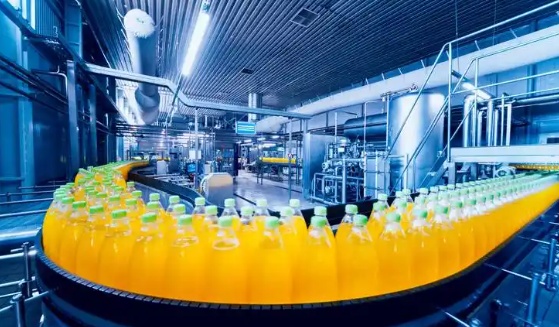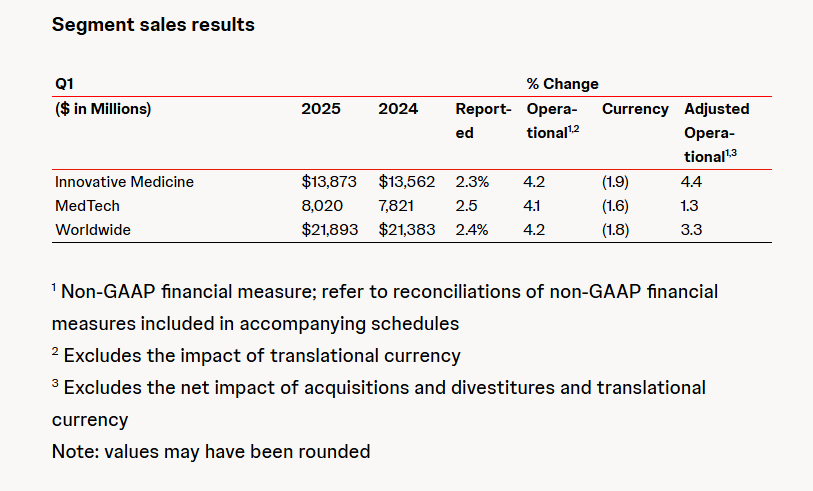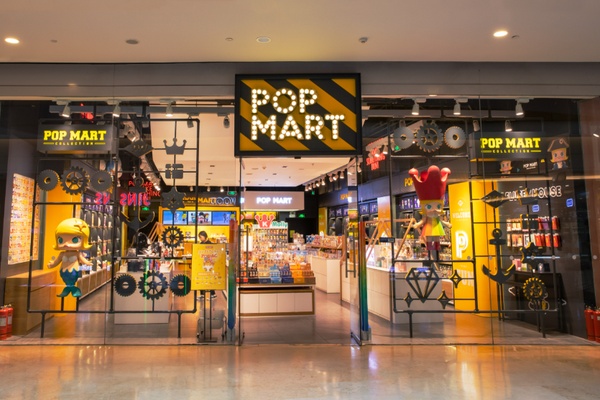New National Standard Bans "Zero Additives" Label, Food and Beverage Industry Enters the "True Transparency" Era
On March 27, the National Health Commission and the State Administration for Market Regulation announced 59 national food safety standards and amendments. The main content includes: pre-packaged food is not allowed to use terms such as "no additives" or "zero additives" to specially emphasize food ingredients; mandatory labeling of allergenic substances in food; promotion of digital label QR codes; more intuitive marking of shelf life...
Among these, the ban on "zero addition" has attracted widespread market attention, with related companies facing the need to rectify their product packaging labels and adjust their marketing methods. For example, Bright Dairy told the Shanghai Securities News reporter that they will strictly follow the new regulations, removing claims such as "zero addition" and "no addition" from their product packaging.
Journalists learned from interviews that the "zero-additive" trend in the food and beverage industry began around 2018 with low-temperature yogurt, and later spread to sectors like beverages and condiments as consumer anxiety about food additives grew. According to data from dairy expert Song Liang, the market size of "zero-additive" yogurt is around 20 billion yuan, accounting for about a quarter of the total yogurt market share.
In the condiment industry, "zero additives" is particularly popular. In 2022, Haitian Seasoning faced controversy over "double standards in ingredient lists," which severely damaged its brand image; meanwhile, brands promoting "0 additives" gained traction.Qianhe Flavour IndustryIn 2023, the condiment industry fully joined the "zero additives" movement, involving multiple categories such as soy sauce, vinegar, cooking wine, pickled vegetables, and chili sauce, with major enterprises participating in this trend.

However, claiming "zero addition" or "no addition" does not necessarily mean the product is of higher quality or healthier. For instance, a fruit juice beverage label might state "no added sucrose," but sucrose is just one type of sugar. The ingredients list may still contain other sugars like fructose or high-fructose corn syrup. "Such products' claim of 'no added sucrose' does not mean it contains no sugars at all, but this can easily mislead consumers," said Zhong Kai, director of the China Consumer Association's Information Exchange Center for Food and Health.
Multiple interviewees believe that the so-called "zero additives" or "no additives" are largely marketing concepts deliberately created by companies to cater to consumers' pursuit of health. Some companies, driven by performance pressure, are also following this trend. The introduction of the new national standards is an opportunity for the high-quality development of the food and beverage industry, helping to steer the industry back to the essence of its products while also giving consumers a clearer understanding of food ingredients.
"The introduction of the new national standards is a measure that benefits both the country and its people. It not only protects consumer rights but also helps to rectify industry chaos. At the same time, it clarifies the promotional messaging for companies and points them in the direction of future innovation and upgrades." said Zhu Danpeng, a food industry analyst, to the reporter.
It is worth mentioning that the prohibition of the expression "zero additives" does not negate the company's pursuit of clean labels, but rather advocates for a more transparent and scientific way of expression. According to a representative from Laiyifen, the company is gradually reducing the use of preservatives, artificial flavors, and other unnecessary additives in its research and development, and is replacing traditional additive methods with technological means (such as low-temperature baking and freshness-locking techniques), which aligns with the direction advocated by the new national standard.
In addition to banning "zero additives," the new national standard also protects consumer rights from multiple aspects. According to the new general rules for prepackaged food labeling, digital labels will be gradually applied to various food packaging. By scanning the QR code on the food packaging with a mobile phone, consumers can view the digital label of the food. Additionally, various functions such as page zooming, voice reading, and video explanations will allow consumers to understand food information. This means that information such as ingredient lists, storage conditions, and nutritional content will be more accessible and easier to obtain.
"Consumers are becoming increasingly sophisticated, which demands that enterprises continuously enhance their product development capabilities and market insight to create higher quality, healthier, and more innovative products."I miss you so muchIn an interview with reporters, General Manager Shi Xun believed that, essentially, enterprises, consumers, and regulators are a community of shared interests. Although the new national standard may increase costs for enterprises in the short term, it will contribute to the sustainable and healthy development of the industry in the long run.
【Copyright and Disclaimer】The above information is collected and organized by PlastMatch. The copyright belongs to the original author. This article is reprinted for the purpose of providing more information, and it does not imply that PlastMatch endorses the views expressed in the article or guarantees its accuracy. If there are any errors in the source attribution or if your legitimate rights have been infringed, please contact us, and we will promptly correct or remove the content. If other media, websites, or individuals use the aforementioned content, they must clearly indicate the original source and origin of the work and assume legal responsibility on their own.
Most Popular
-

Overseas Highlights: PPG Establishes New Aerospace Coatings Plant in the US, Yizumi Turkey Company Officially Opens! Pepsi Adjusts Plastic Packaging Goals
-

Abbott and Johnson & Johnson: Global Medical Device Giants' Robust Performance and Strategies Amid Tariff Pressures
-

BYD releases 2024 ESG report: Paid taxes of 51 billion yuan, higher than its net profit for the year.
-

Behind pop mart's surging performance: The Plastics Industry Embraces a Revolution of High-End and Green Transformation
-

The price difference between recycled and virgin PET has led brands to be cautious in their procurement, even settling for the minimum requirements.



